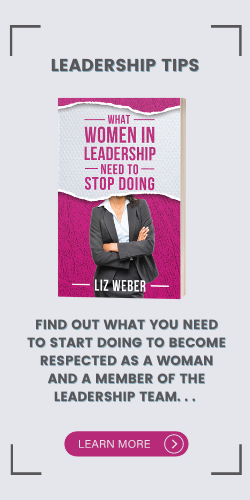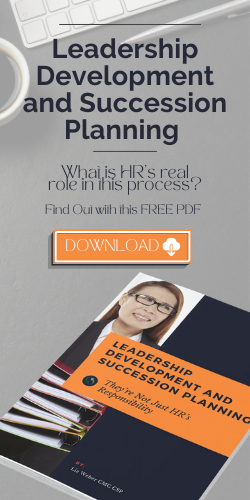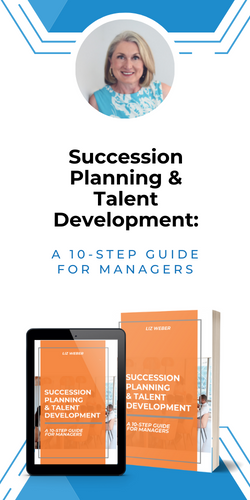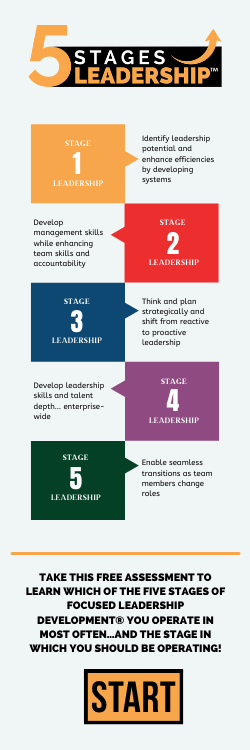With so many companies struggling to attract and retain staff who can perform well, why do so many companies do such a lousy job in training their new staff? Why do they think training is an expense and not an investment? Why do they skimp on something so critical? From my experience, the most common reason is that most companies still default to on-boarding and training new staff the way they were trained when they first started their careers: The new employees are trained on the job by the manager they were going to report to – and s/he wasn’t a trainer and didn’t have time for someone new who probably wasn’t going to stick around anyway. Given that environment, it’s not hard to understand why so many new employees just come to work, keep their heads down, try to do their best, ask as few questions as possible, and keep their eyes and ears open for a better job someplace else. So how can this sad reality be changed? How can you attract, train, and retain the quality employees you seek. It’s simple. Become smarter in how you train them.
Begin Before You Hire
First – Don’t wait until you’ve hired them to start the training process. Many organizations do this. They don’t start to train their new employees until after they hire them. That’s often too late! You need to start training your prospective employees before you interview them and especially before you hire them. Why? From their first contact with you, you should be communicating with them and training them on what kind of organization you are, what type of persons you seek as employees, what behaviors you expect of yourselves and all who work with you, and what you expect them to be able to do while they work with you. You do this so they have a clear understanding as to the type of organization they may become a part of and what skills they’ll be expected to demonstrate day in and day out. They can then decide if it’s the right type of organization and job for them – or not.
To do this, simply make them aware of who you are by simply posting your Values Statement on your website, on any application portals or forms you use, in your offices, lobbies, and anywhere a prospective candidate may come in contact with your organization. Also review these values with all candidates during your interviews with them. Tell them specifically, what behaviors you expect and what standards you hold yourselves and all who work with your organization to uphold. Share with them the specific skills the job currently requires and the skills you anticipate it will require 12-18 months from now. Make it clear the candidates know they will be expected to regularly learn new skills. Next, if you decide to offer jobs to the candidates, you now provide them copies of the Values along with their specific job descriptions. By sharing the Values during their application, interview, and now job offer stages, you’ve now communicated three different times to your prospective employees – before they’re on staff – what to expect of you and what you expect of them.
Also, share with the prospective employees how they will fit into the “big picture.” Again, most organizations anticipate employees will simply “get it.” Most don’t. Therefore, you need to share with your prospective employees the basics of your organization’s strategic plan so they know how and where they’ll fit in. Share with them a few “sanitized” goals the organization has, goals their department has, and specific individual goals they’d be expected to achieve. All employees are important. Their jobs are important, and they appreciate knowing how and where they’ll fit in. This step alone helps them understand how they’ll be part of a team – and a part of something bigger than themselves. You’ve also again clarified the organization’s expectations of them. However, be aware, that by clarifying your expectations during the application and interviewing processes, you will probably cause a few candidates to self-select themselves out. That’s fine. When that happens, it enables you to focus your time on talking with and meeting with the remaining candidates who may well thrive in your environment and the specific jobs – because they know what is expected.
Orientations are Essential
Second – Once on staff, provide new staff with a helpful on-boarding and new staff training process. Provide new staff with a basic orientation to the organization. Help them learn the basic logistics of the facilities, general flow and inter-relationships of people and departments, and who to see for support and guidance. This is often the second mistake in training organizations make. They forget the orientation process and just assume new employees will “pick things up”. They will. But what are they picking up and from whom? As managers, you need to create and provide smart employee orientations to your employees and not leave this critical step to chance.
Train Specifically
Finally – Provide them either basic or very specific job skills training to allow them to successfully perform the jobs they were hired to do. Sadly, this is the only aspect of training most organizations think of or provide when they train their new employees. If this is the only element of job training you provide, can you see how you’ve created an environment where your employees only see one small aspect of the big picture? Can you see why your employees don’t provide input for solving problems within the organization? Can you see why your employees don’t have a clue what goes on with your customers and in other departments? Can you see how you’ve created an environment employees don’t feel a part of and don’t want to stay in?
If you want to start attracting and retaining good long-term trusted employees, don’t skimp on when and how you train them. Start creating an environment they want to be a part of.
Start training them before they’re your employees. Start training them to start retaining them.
Copyright MMV – Liz Weber, CMC, CSP – Weber Business Services, LLC – www.WBSLLC.com +1.717.597.8890
Liz supports clients with strategic and succession planning, as well as leadership training and executive coaching. Learn more about Liz on LinkedIn!

























